COVID news, Mpox, & more, 8/17/24
We are still at about 1,000,000 new COVID cases each day. Per JP Weiland, the prevalence of COVID infections is:
National 1 in every 34 people
Midwest 1 in 47 people
South 1 in 26 people
Northeast 1 in 49 people
West 1 in 21 people
Most states have VERY, VERY HIGH, VERY HIGH or HIGH levels of SARS-CoV-2 in wastewater according to the CDC. COVID test positivity is 18.1%. School has started in some locations and already some schools like JAG High School in Montgomery, Alabama have had to close because so many teachers and staff are absent with COVID.
JAG High School said that they are focusing on “sanitizing” the schools for the COVID outbreak, but schools should really prioritize improving indoor air quality to help prevent transmission. JAG high school will offer “masks and disinfectant wipes” when they reopen. Since COVID levels are VERY HIGH in most states right now, I am concerned that schools across the country will have similar COVID outbreaks given the lax CDC guidelines telling people to stay home from work or school until COVID symptoms are better and the person has no fever for 24 hours. The problem with that recommendation is that most people will still be infectious and will transmit COVID to other people if they follow the CDC guidelines.
Lucky Tran’s corrected version of the CDC recommendations:
From: https://x.com/luckytran/status/1808903219671663053
KP.3.1.1 is the dominant variant and with its strong ability to evade our immunity combined with the fact that most people have not had an updated booster in almost a year, it is prolonging the summer wave that started with KP.2 with its FLiRT mutations. The new KP.2 mRNA vaccines were expected out sometime in early September for everyone age 6 months and older. CNN posted yesterday that because of the large summer wave, the US FDA may approve the new KP.2 mRNA COVID vaccines as soon as next week according to unnamed sources at the FDA. Emergency department visits for COVID may be peaking now, so hopefully this COVID wave will also peak soon.
CDC: US SARS-CoV-2 wastewater levels are VERY HIGH
From: CDC wastewater reporting: https://www.cdc.gov/nwss/rv/COVID19-nationaltrend.html
From CDC wastewater map (8/15/24): https://www.cdc.gov/nwss/rv/COVID19-currentlevels.html
The WHO posted a new COVID update on 8/14/24 stating that globally, SARS-CoV-2 PCR percent positivity increased from 7.4% to 13.0% across 85 countries during the four-week reporting period from 24 June to 21 July 2024. Worldwide, new COVID cases increased 30% and deaths increased 26% during the same time period.
Vaccines
A study based on the EHR records of 186,990 pregnant individuals in 2021 and 2022
shows that receiving COVID-19 vaccination within 12 months before pregnancy was associated with lower risks of very and extremely preterm birth and small-for-gestational age in term babies for any vaccine type. There was also a lower stillbirth risk in those people who received an mRNA vaccine.
Antiviral treatments, prevention
In a proof of concept study, researchers from the NIH made a protein called RBD-62 which can block the ACE2 receptor so that SARS-CoV-2 cannot enter and infect cells. Tests in macaque monkeys showed that treatment with RBD-62 stopped viral replication in upper and lower airways with various SARS-2 variants. "Importantly, RBD-62 does not block the development of virus-specific T- and B-cell responses and does not elicit anti-drug immunity."
Pediatrics
A study looked at which age groups were more likely to be hospitalized with a COVID infection. Among children, teenagers had a higher risk for being hospitalized as compared to younger children. For adults, people age 50 to 64 years old were at greatest risk for severe COVID including the highest odds of requiring mechanical ventilation and ICU admission.
Multisystem inflammatory syndrome in children (MIS-C) cases peaked in January 2021, with more than 200 cases weekly. In 2023, only 117 cases of MIS-C were reported to the CDC during the entire year, most likely due to lower incidence and also incomplete reporting.
More than 5.8 million American kids have Long COVID which is a multisystem disease that is still poorly understood by many people who work with children. Lisa Lombardi is the mother of a teenage son with Long COVID. She discusses symptoms in teens versus younger children and the difficulty finding healthcare providers who understand Long COVID in children.
Long COVID
A small study from Albany, NY of 103 patients with Long COVID as compared to two control groups,15 COVID recovered patients and 27 healthy controls, used whole genome methylation sequencing and found 39 differentially methylated regions (DMRs) that were specific to Long COVID and not the two control groups. DNA studies from whole blood mostly reflect the DNA from white blood cells circulating in the blood. The blood DNA methylation levels in Long COVID were related to circadian rhythm-regulating pathways and could be used to identify and stratify the severity of people with Long COVID regardless of the phenotype. Larger studies are needed to confirm these findings.
Another small study from Yale shows that neurologic symptoms in Long COVID appear to be associated with vascular inflammation and specifically with abnormal inflammation of the endothelium, which are the cells that line blood vessels. The authors compared 28 people with acute COVID infection (AC) to 50 people with neuro Long COVID (N-LC) and 29 controls who had recovered from COVID infection without Long COVID. Patients with N-LC had brain fog and cognitive issues, headache, neuropathy, altered mood and altered sleep which affected their quality of life and ability to function.
In general, vascular inflammation was found to be highest in acute COVID infection (AC), medium in N-LC, and lowest in the recovered control group. However, three vascular biomarkers were highest in N-LC: α-2 macroglobulin and L-selectin (related to white blood cell adhesion to the vascular endothelial lining) and Fetuin (related to vascular calcification and atherosclerosis). Other biomarkers that were higher in N-LC than in recovered controls “are involved in vascular remodeling and atherogenesis, suggesting that N-LC symptoms may relate to vascular regulation or may heighten risk for long-term vascular sequelae.”
A review from this week looked at the pathogenesis of vascular disease in Long COVID and at mechanisms that promote atherosclerotic lesions after a COVID infection. Endothelial cells line blood vessels including those that feed the heart. Endothelial dysfunction, platelet activation and inflammation from COVID infection may increase the risk of atherosclerosis which can reduce blood flow to the heart and can lead to heart attacks. It can also cause strokes if blood vessels to the brain are inflamed and become blocked.
The authors note that “endothelial cell dysfunction, an early event, and the subsequent platelet activation and adhesion to the activated endothelium are central to both atherosclerosis and COVID-19, suggesting a major link between them. Though other viral infections can trigger pro-inflammatory cytokine release, the immune overactivation in SARS-CoV-2 infection is particularly severe, enhancing endothelial cell dysfunction and perpetuating this vicious cycle.”
From: https://www.sciencedirect.com/science/article/pii/S2772963X24003016
Researchers from the RECOVER program looked at 25 common blood tests trying to find a biomarker for Long COVID. Unfortunately, they were unable to find a difference in these tests between people with Long COVID and controls.
From: https://x.com/sunsopeningband/status/1823206687974809933
Chronic diseases after COVID
A group from Stony Brook University looked at people who had previously undergone cognitive testing in 2015 to 2019. Using longitudinal causal modeling they found that COVID infection leads to cognitive decline consistent with 10.6 years of brain aging. COVID-19-related Cognitive Decline (CRCD) manifests as executive dysfunction and was seen more commonly in people who had prior severe acute COVID infection and those with Long COVID. They recommend that Long COVID (PASC) patients undergo routine cognitive testing. They concluded, “These results imply an increase in cognitive dysfunction and poorer brain health after COVID-19 [infection], notably in those who experienced severe COVID-19 and PASC.”
Figure 1. Expected Trajectories of Change in Cognition Before and After the Onset of COVID-19
From: https://www.sciencedirect.com/science/article/pii/S266703642400013X#fig0001
Patients hospitalized with COVID-19 were followed for three years, with their lung function and radiological abnormalities monitored longitudinally. While most patients showed improvement, more than one-third continued to experience persistent lung abnormalities, including symptoms, reduced diffusion capacity and fibrotic-like changes on CT scans. People with pulmonary damage after COVID infection should be followed.
Mpox
On 8/13/24, the Africa CDC declared its first public health emergency of continental security (PHECS) regarding the rapid spread of Mpox (a.k.a. monkeypox) across several African countries. The type of Mpox spreading now is the more virulent Clade 1b virus, which is different from the milder Clade 2 Mpox that spread globally in 2022. Clade 1 causes more severe disease and has a higher fatality rate. While Clade 2 is a milder disease that spreads through sexual contact, Clade 1 can be transmitted to household contacts and often spreads to children. The Jyyneos smallpox vaccine also protects against Mpox.
On 8/13/24, the non-profit Save the Children warned that newborn babies are contracting Mpox in hospitals in the Democratic Republic of Congo (DRC) because of overcrowding. Mpox Clade 1b can be transmitted by touching surfaces and objects like towels and bed linens and even cooking utensils of people who have the pox rash. It is also spread by respiratory droplets and from talking face-to-face. Save the Children said that “70% of the DRC's nearly 15,000 cases involve children, 39% of them kids younger than 5 years old.” Per the WHO, the case fatality rate for Clade 1 for children under the age of one is 8.6%, compared to 2.4% in people aged 15 and over. In comparison, the global Clade 2 outbreak in 2022 had a fatality rate of 0.2%.
On 8/14/24, the WHO declared Mpox a Public Health Emergency of International Concern (PHEIC). WHO Director Tedros Adhanom Ghebreyesus tweeted “it’s clear that a coordinated international response is needed to stop these outbreaks and save lives.”
On 8/15/24, the Public Health Agency of Sweden reported that a person who was visiting Africa had returned with Mpox, Clade 1. This is the first time that the more severe Clade 1 Mpox was seen outside of the African continent.
In Africa, human contact with infected small animals like squirrels have sometimes led to Mpox infection. A new US study shows that 12% of pets living with Mpox patients were positive for Mpox viral DNA, but no live virus. It is recommended that people infected with Mpox avoid contact with animals until their lesions have completely healed over.
The incubation period for Mpox is 1 to 21 days of exposure and the illness lasts about 2 to 4 weeks. For most people, the infection is mild. Common flu-like symptoms include fever, sore throat, headache, muscle ache, back pain, low energy, and swollen lymph nodes. The telltale rash starts out like a pimple or bump and then becomes a fluid or pus filled blister before it turns into an ulcer and then a scab. The rash can be seen on the palms of the hands and the soles of the feet or anywhere on the body. The lesions are contagious until they are completely gone and have been replaced by a new layer of skin.
From: https://www.cdc.gov/poxvirus/mpox/clinicians/clinical-recognition.html
Other news
Normally, the glymphatic system helps clear debris and excess proteins out of the brain. In diseases like Alzheimer’s and Parkinson’s, certain proteins like beta amyloid and tau protein and alpha-synuclein accumulate in the cerebrospinal fluid (CSF). As we age, the lymphatic system does not wash away these proteins as well because valves controlled by smooth muscle cells do not work as well. Using prostaglandin F2α, researchers were able to help the lymphatic smooth muscle cells pump the “dirty” CSF out of the brain for it to be cleaned. The authors were able to see this happen in an in vivo mouse model.
A new study shows that in obese adults, Tirzepatide (Mounjaro) caused a greater weight loss than Semaglutide (Wegovy). Tirzepatide was also associated with less Type 2 diabetes, cerebral infarction type stroke and all-cause mortality.
This week, the FDA approved a nasal spray with epinephrine called Neffy that treats severe allergic reactions as an alternative to injected epinephrine medications like the EpiPen.
Parvovirus B19, also known as Fifths Disease or "Slapped Cheek" disease, is a seasonal respiratory virus that is transmitted through respiratory droplets by people with symptomatic or asymptomatic infection. Europe had an increase in Parvovirus B19 earlier this year and now data shows that Parvovirus B19 is increasing in the United States. Most adults are immune to Parvovirus B19, but Parvovirus B19 can cause complications during pregnancy and is high risk for people with sickle cell disease and other hematologic disorders as well as immunocompromised individuals including those on chemotherapy. The CDC warned healthcare providers to have increased suspicion for Parvovirus B19 among people presenting with compatible symptoms (i.e. fever, rash, arthropathy, or unexplained anemia with low reticulocyte count).
California has proposed a bill to require a state review of private equity deals in healthcare. There is "mounting evidence that the [private equity] deals often lead to higher prices, lower-quality care and reduced access to core health services."
A huge study of 1000 villages in China shows that giving one short course of antibiotics for H. pylori reduced the risk of stomach cancer over the next decade by 13% to 19%.
Ying Ying the Giant Panda was 1 day shy of her 19th birthday, which is the equivalent of 57 in human years, when she went into labor. The tiny twin panda cubs are a female and a male and will stay in the intensive care unit at Ocean Park in Hong Kong for several months. Giant pandas are only fertile once each year for 1 to 3 days.
From: Ocean Park Hong Kong
Have a good rest of your weekend,
Ruth Ann Crystal MD
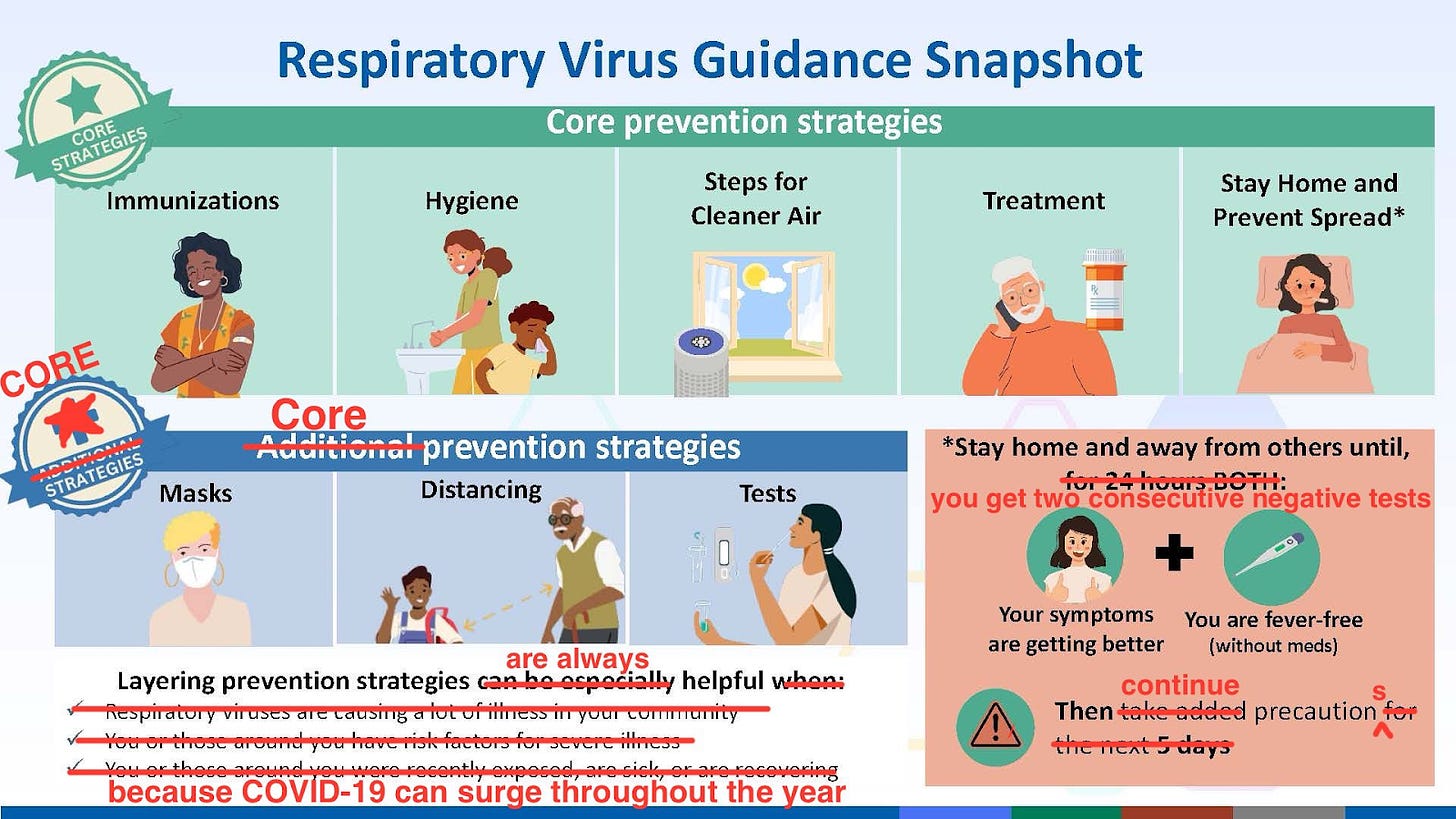

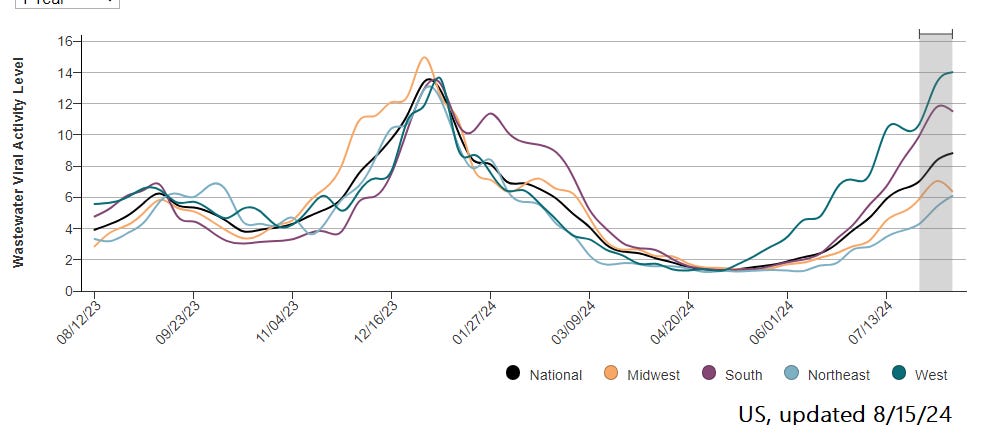
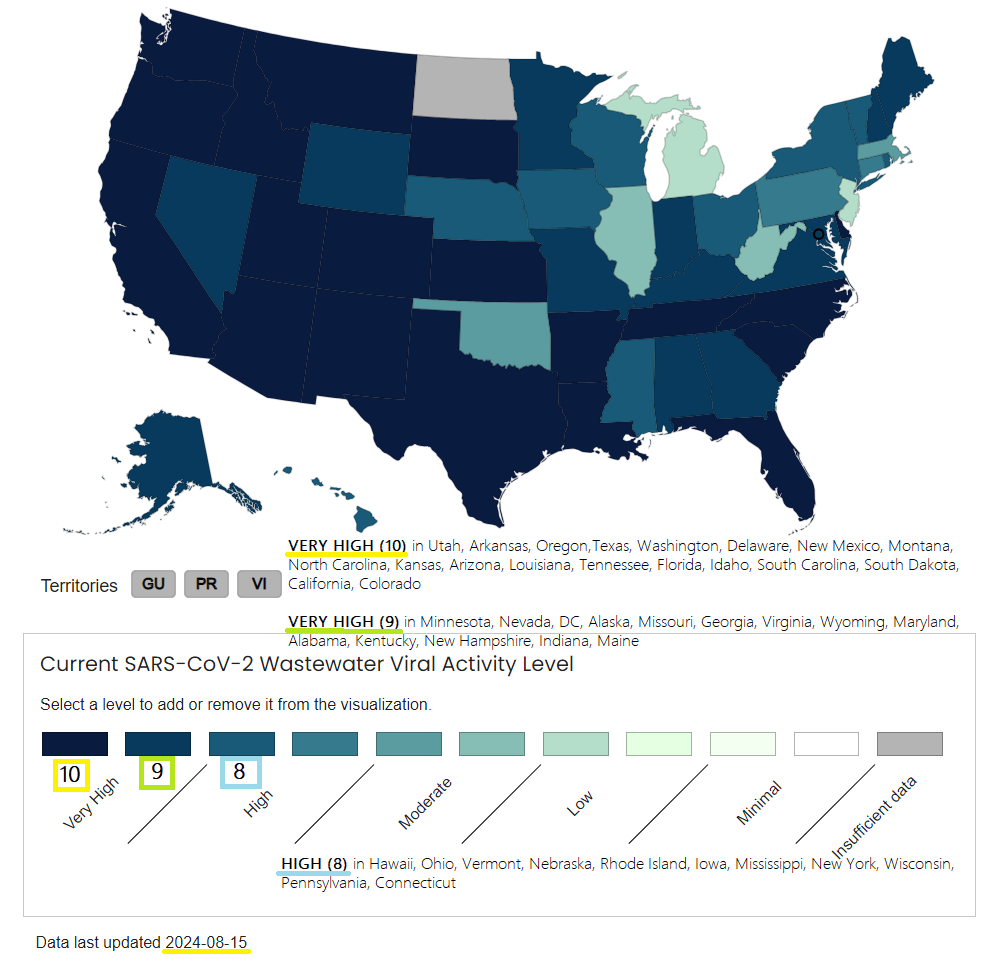
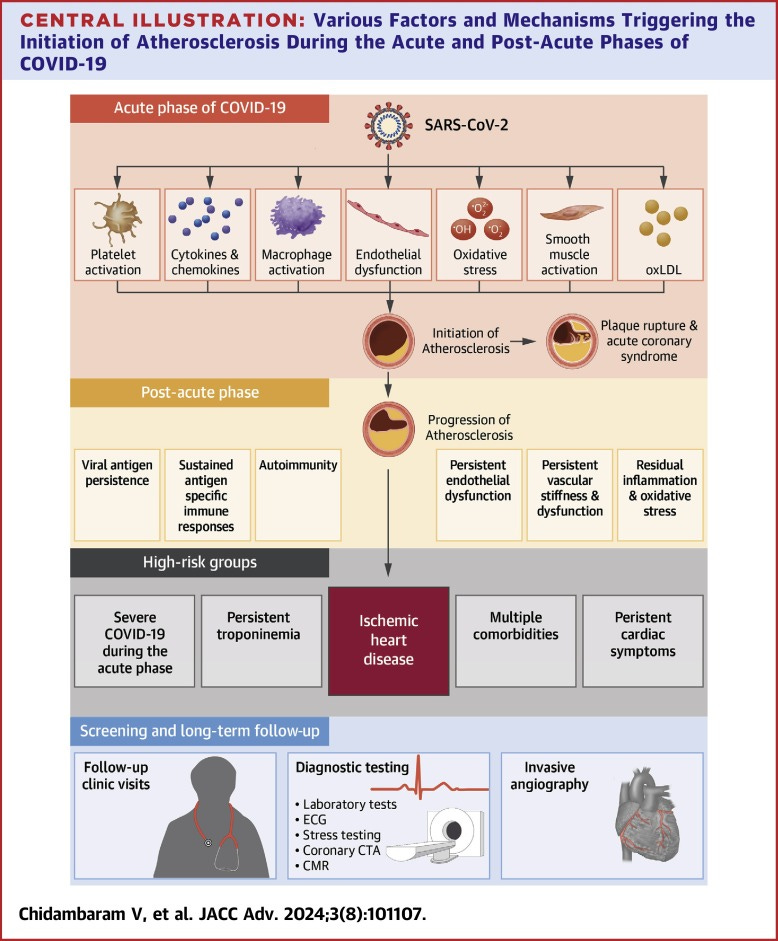

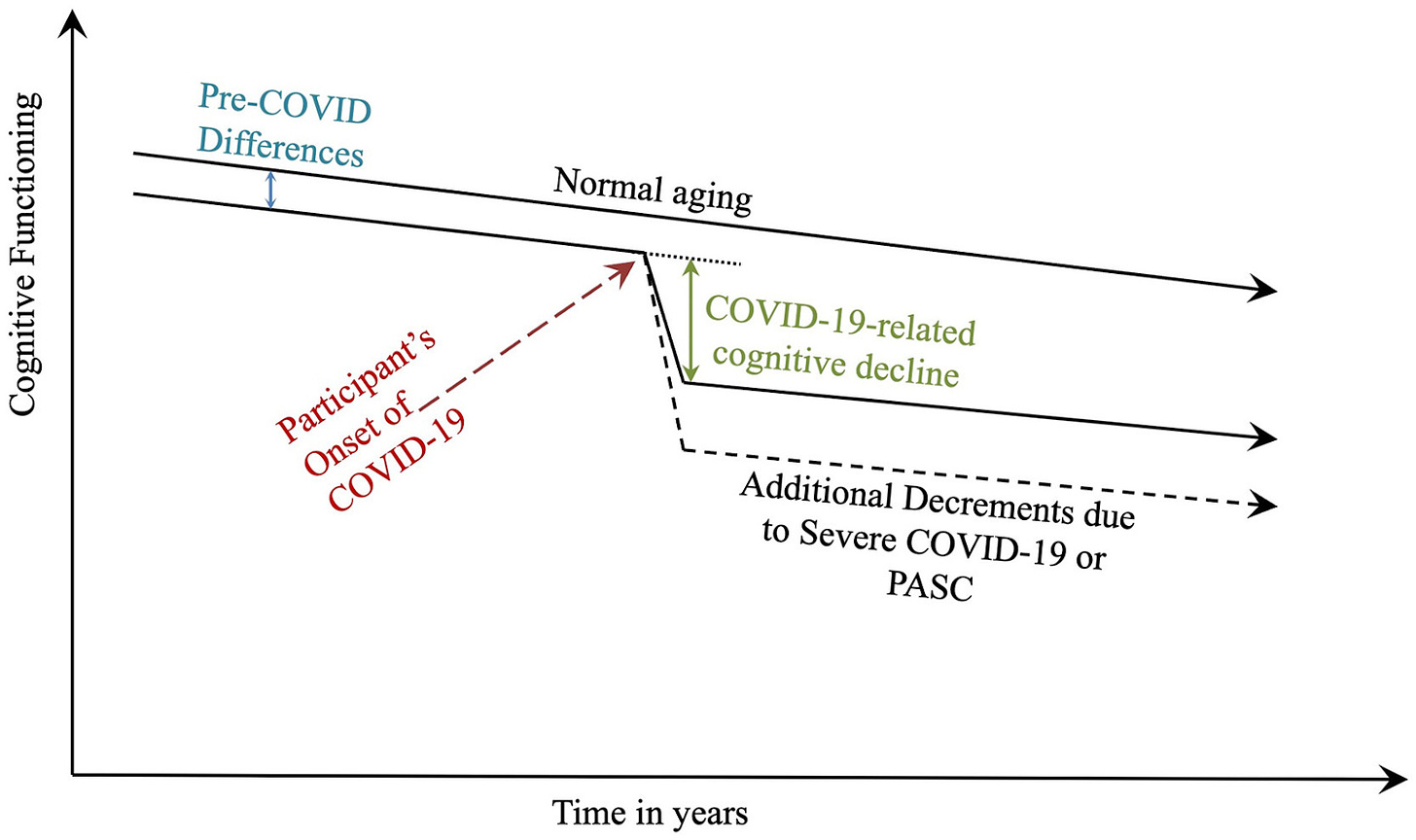
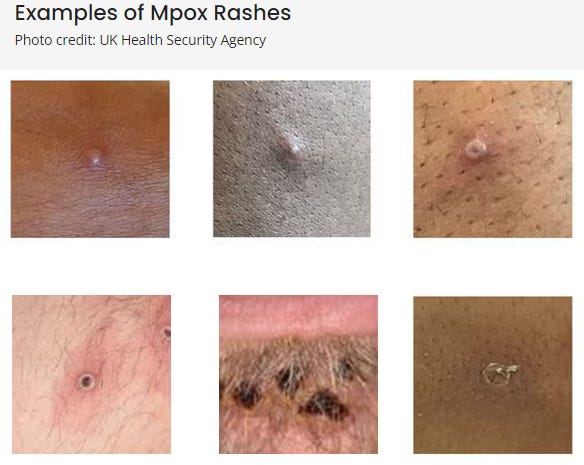
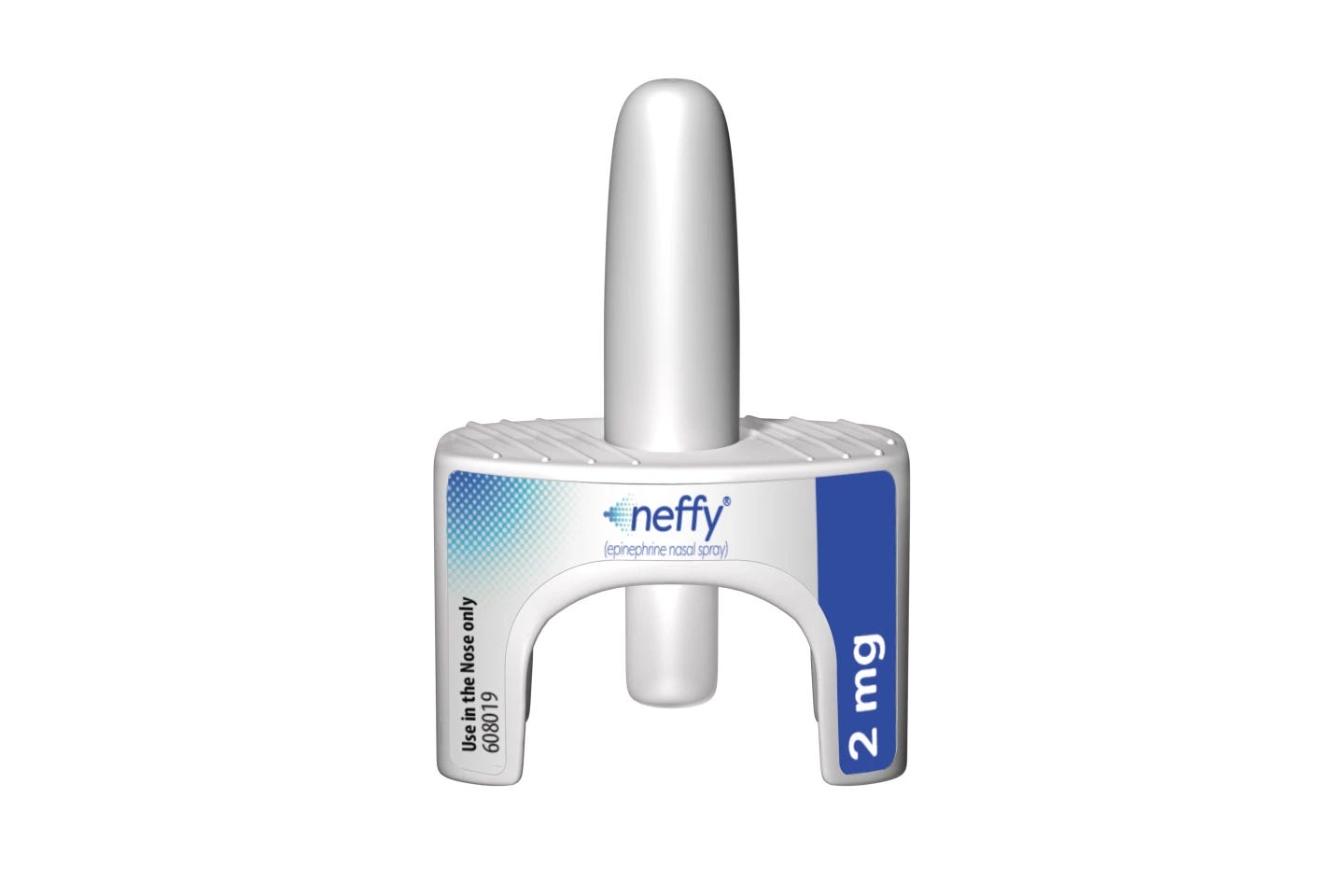












.jpg)
No comments:
Post a Comment